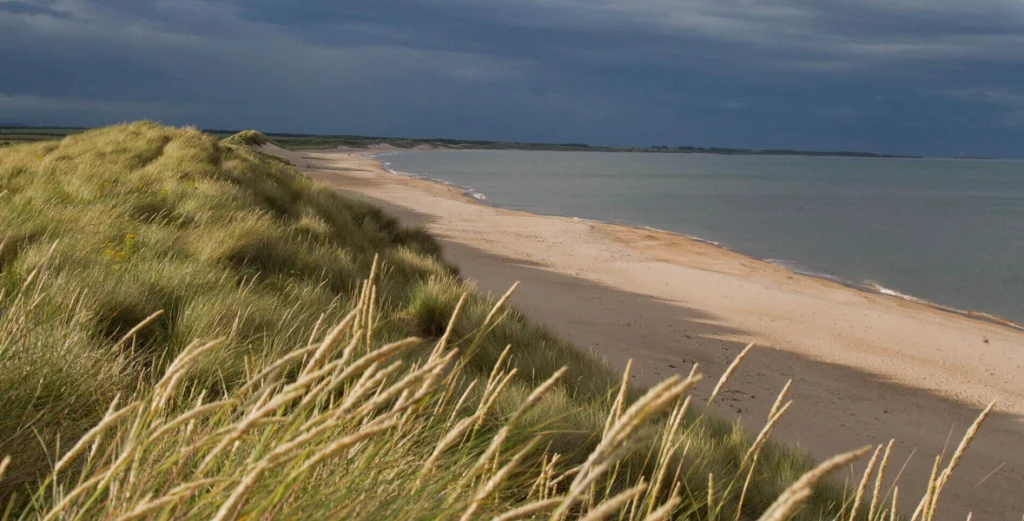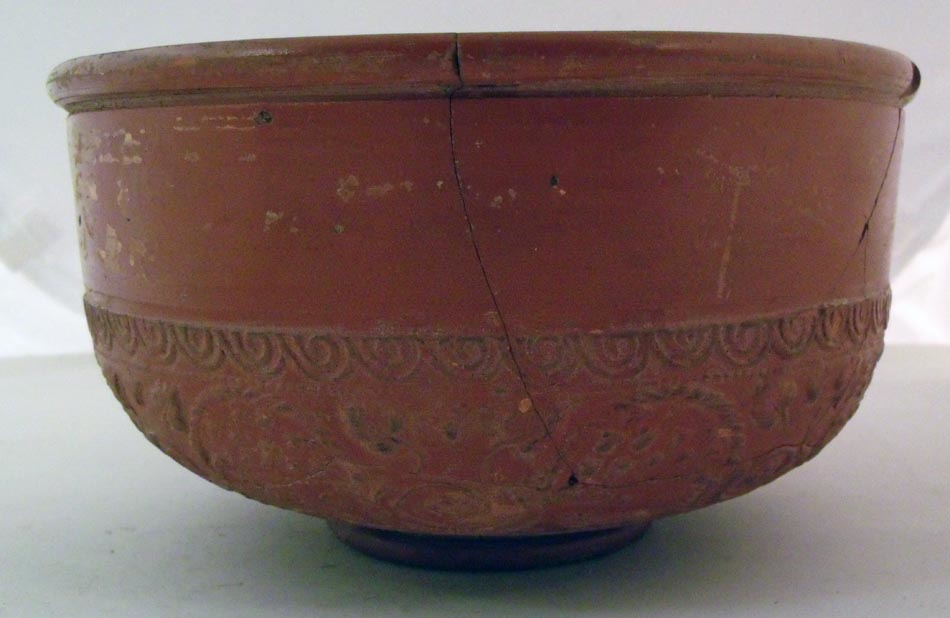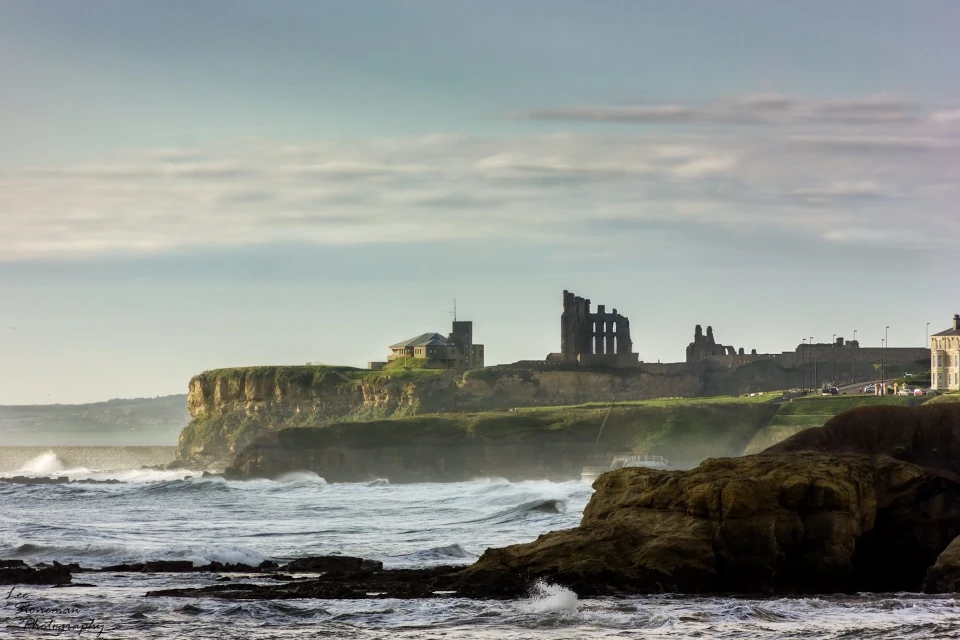By Gary Holland

Many of us local to Tyneside will have fond memories of the Plaza in Tynemouth. Depending on your age, you may have known this as The Plaza, The Palace, The Aquarium, or something similar. To me and my friends in the 80s and 90s, The Plaza was the place to go for the amusements, chippy and the occasional roller rink visit (or car boot fair in its later years). As you will likely know, The Plaza suffered a devastating fire and subsequent demolition in 1996.
However, what you may not know is that the location of The Plaza was the site of one of the most amazing yet overlooked historical discoveries in Tyne and Wear. If you were to travel back in time 2000 years, this area of Britain was the boundary between the Roman world south of Hadrian’s Wall, and the land north of the Tyne outwith the recognised empire. Of course, the Romans had been in Scotland, but ultimately the Tyne-Solway isthmus proved to be the edge of the realm. Roman items have been discovered in many places in North Tyneside — too many to discuss here — coins, pottery, carved stones etc, but on one day in 1876, in Tynemouth, the site of a Roman burial was discovered.
The location of the Plaza, approximately central along the length of the Longsands, sitting towards the foot of Kenners Dene, would have been a place of wild beauty in Roman times. We get glimpses of that today, if looking east across the beach towards the sea. However, the housing developments in Tynemouth and Cullercoats have covered what was once streams, open fields, or possibly woodland. The area was in ancient times, probably more akin to further up the coast in Northumberland, such as the dunes of Druridge Bay.
Tynemouth Aquarium and Winter Gardens, ‘The Plaza’ was built around 1877 in order to bring a level of extravagance that was not yet available at the Coast. Its aim was to cater for the ever increasing numbers of tourists coming to swim in the sea and for the perceived health benefits of fresh sea air. While digging the foundations for The Plaza, in the sand dunes, workmen, at a depth of around 5m, and upward of 10m from the high water mark, discovered a beautifully decorated Roman clay bowl and two skeletons. The bowl, which survives today, is around 220mm in diameter, 110mm in height and although has some slight damage, is remarkably intact.
The bowl, shown below, resides in the Cheltenham Art Gallery & Museum, presumably having been sold or gifted through the years from its original finder. The bowl is decorated with images of vines, leopards and a wolf. The bowl type, in latin Terra Sigillata (sealed earth), is generally referred to as ‘Samian Ware’ — a red coloured pottery made with a sleek, shiny surface. Although extremely common throughout the Roman empire, these decorated pieces are rarer, not least being found in this part of Britain and a bowl of this size. It was likely manufactured in Gaul in the 2nd century. The town of La Graufesenque (in the South of France) was the primary centre for this industry. However, it appears that this item was quite possibly from Heiligenberg in Eastern Gaul (modern day Baden-Württemberg). Samian ware pottery was manufactured with its shiny surface by using moist clay slurry with very fine particles — vast quantities were exported around the empire.

In terms of the human remains found, cremations were generally used at that time rather than burials, which leaves some thought that the burial may have been later than the Roman period. The present location of the skeletons is not known, we can only assume that they were re-buried in another place, and so modern methods of carbon dating are not possible. However, burials did happen during Roman times — two sarcophagi were discovered in Newcastle in 2008. This leaves the question as to whether this area of Tynemouth contains more burials — hopefully this will be considered for any future crack-pot ideas of building on the adjacent land. We know that there were Romano-British settlements in the area, with evidence being found for example on Pen Bal Crag in Tynemouth and also on the site of St Mary’s School in Cullercoats, as well as other Roman finds around the area of Marden quarry.
Given such a prestigious piece of pottery, as well as the bodies’ prime position on the dune, it may indicate that these were two people of local nobility. Or they may have been more regular folk, choosing this site before their death because of their close affinity to the place, having spent a lifetime working and living in the area and walking similar routes to us today.
Further information:
Paul Bidwell, A Decorated Samian Bowl from the Plaza Site at Tynemouth, Archaeologia Aeliana Series 5. Vol XXVI, p161-163 (1998)
Listen to the audio for this post here:







Thank you found the article very interesting l enjoy historical topics of all kind in particular local history.